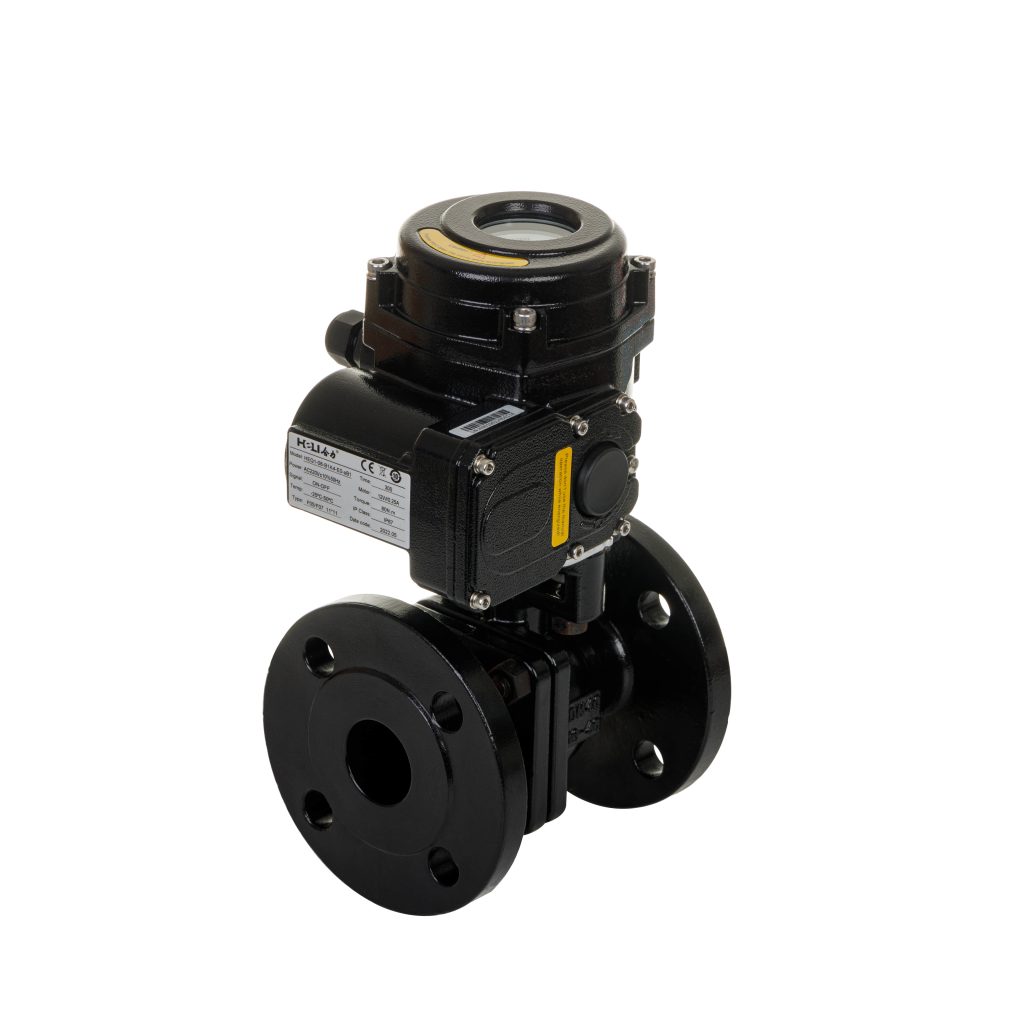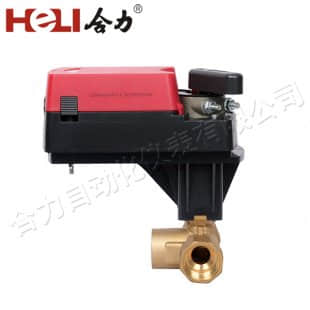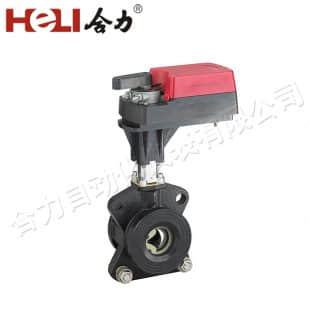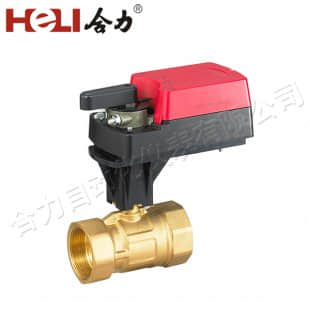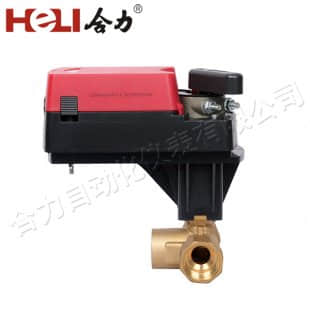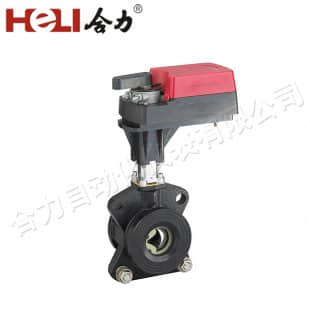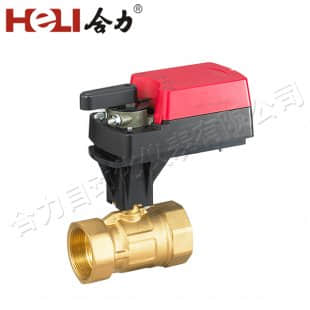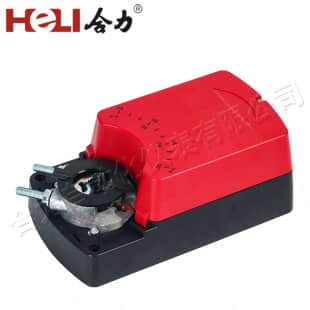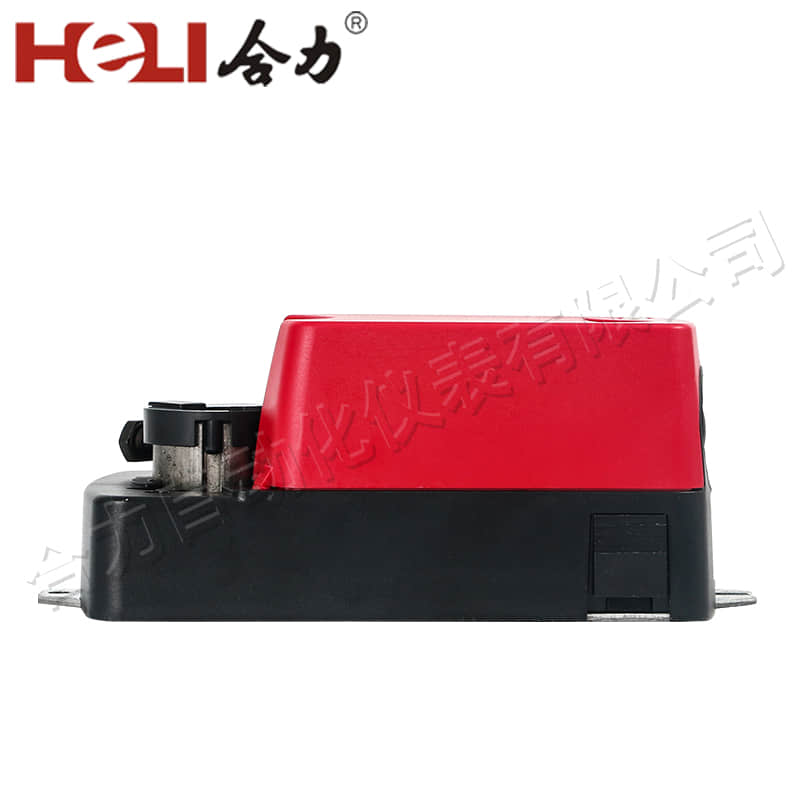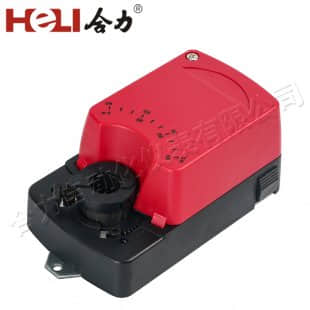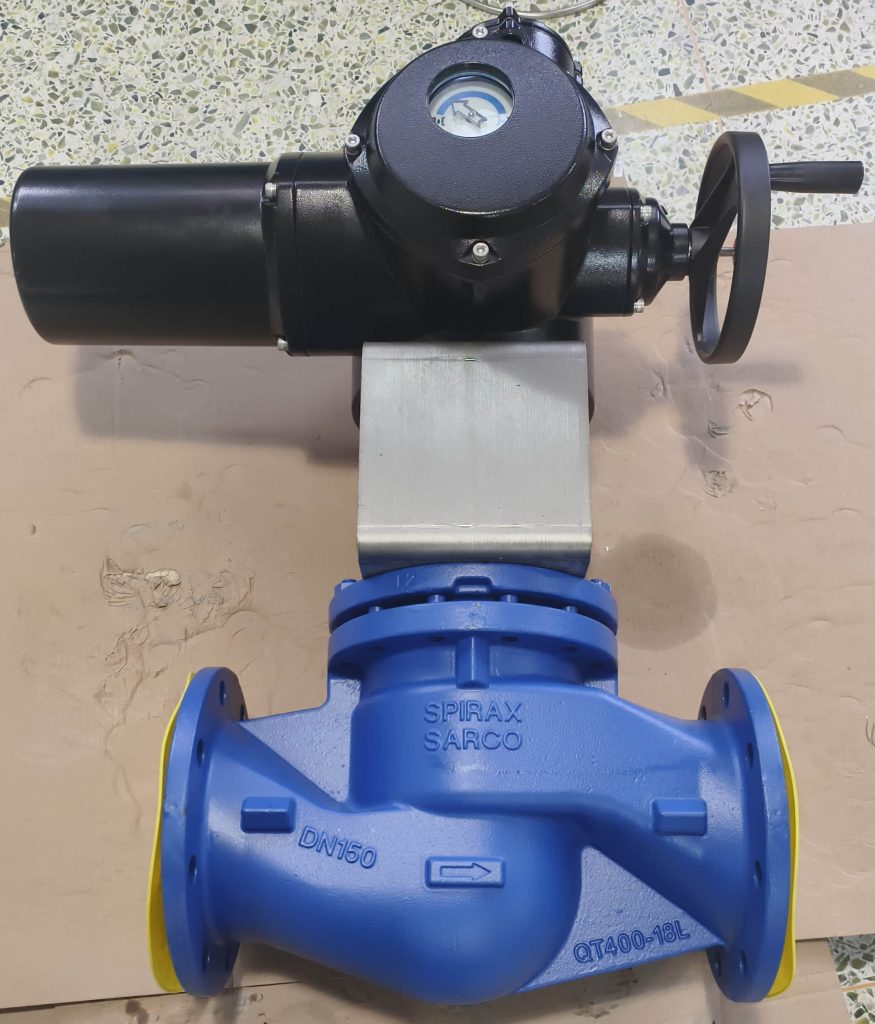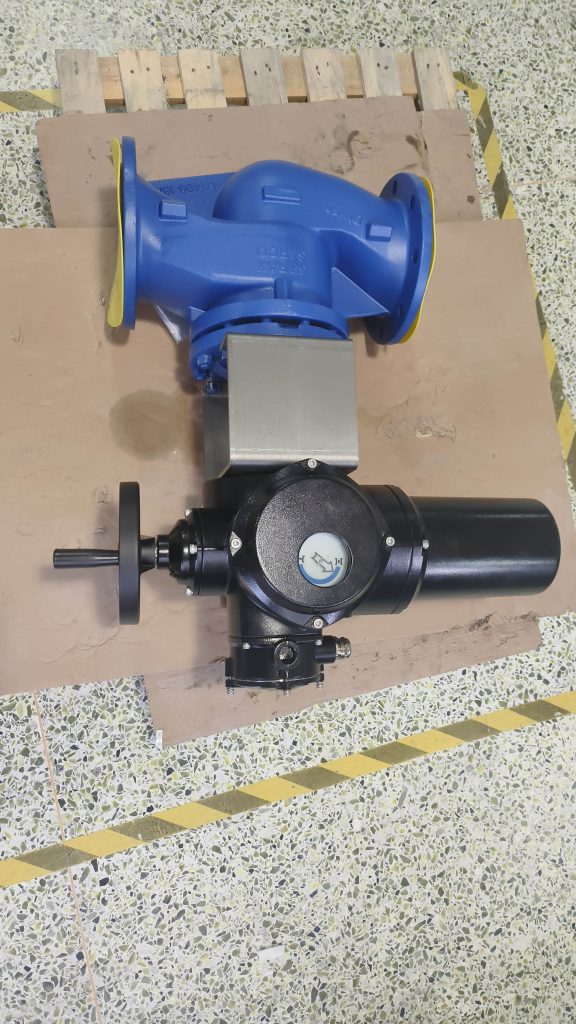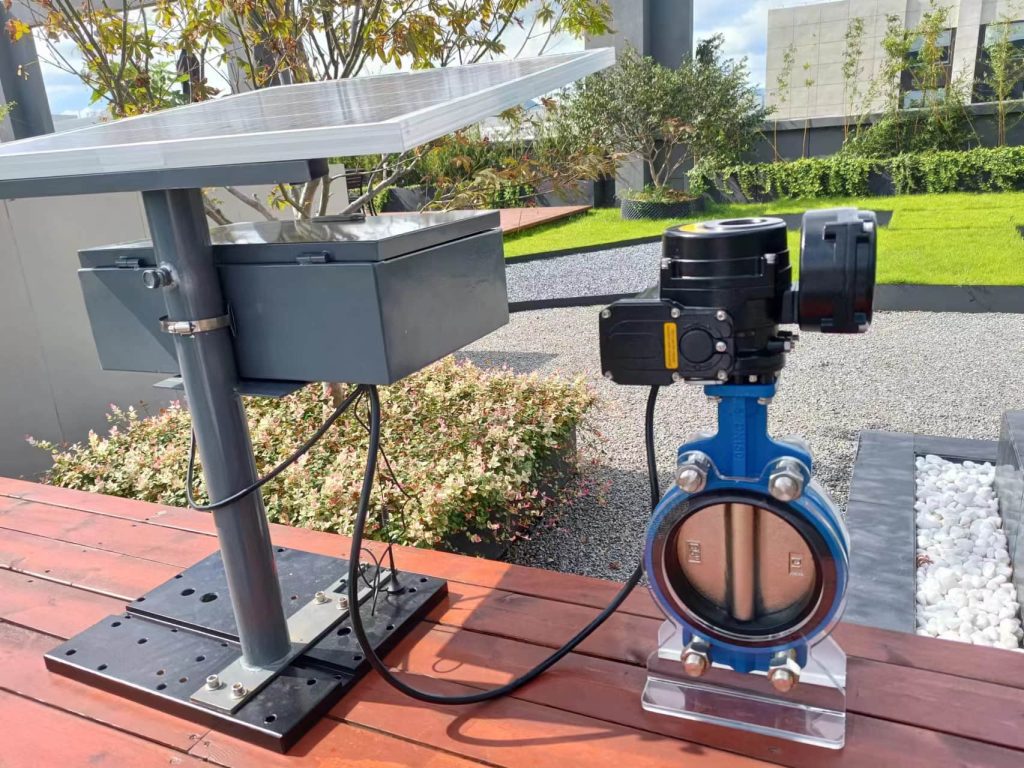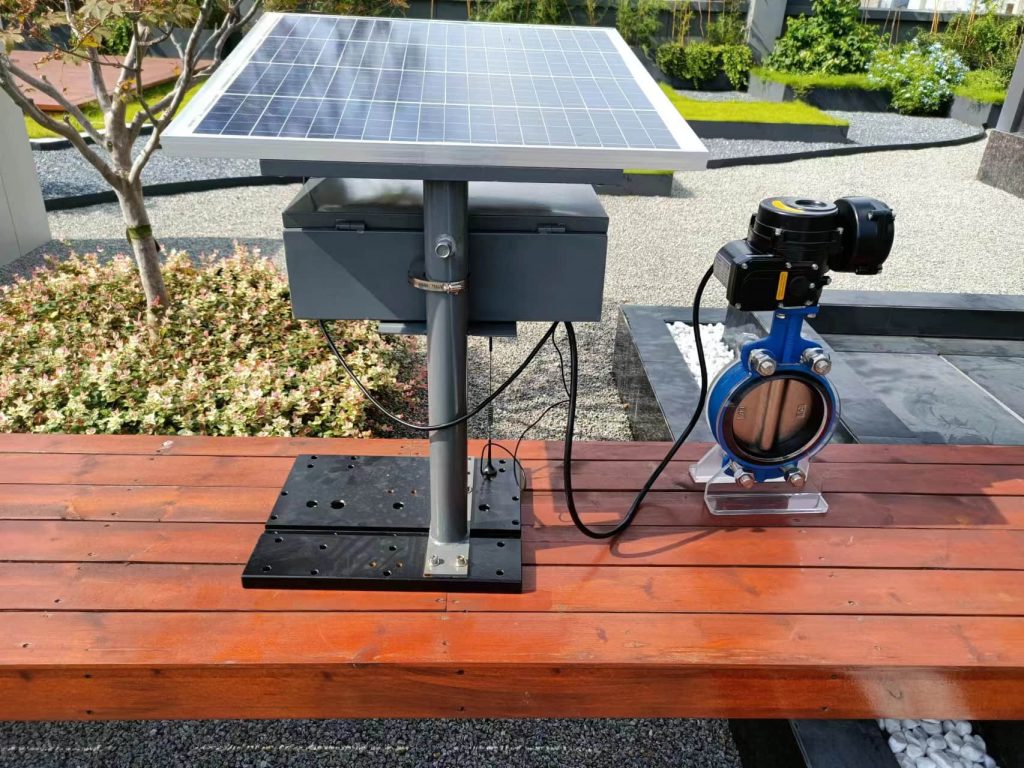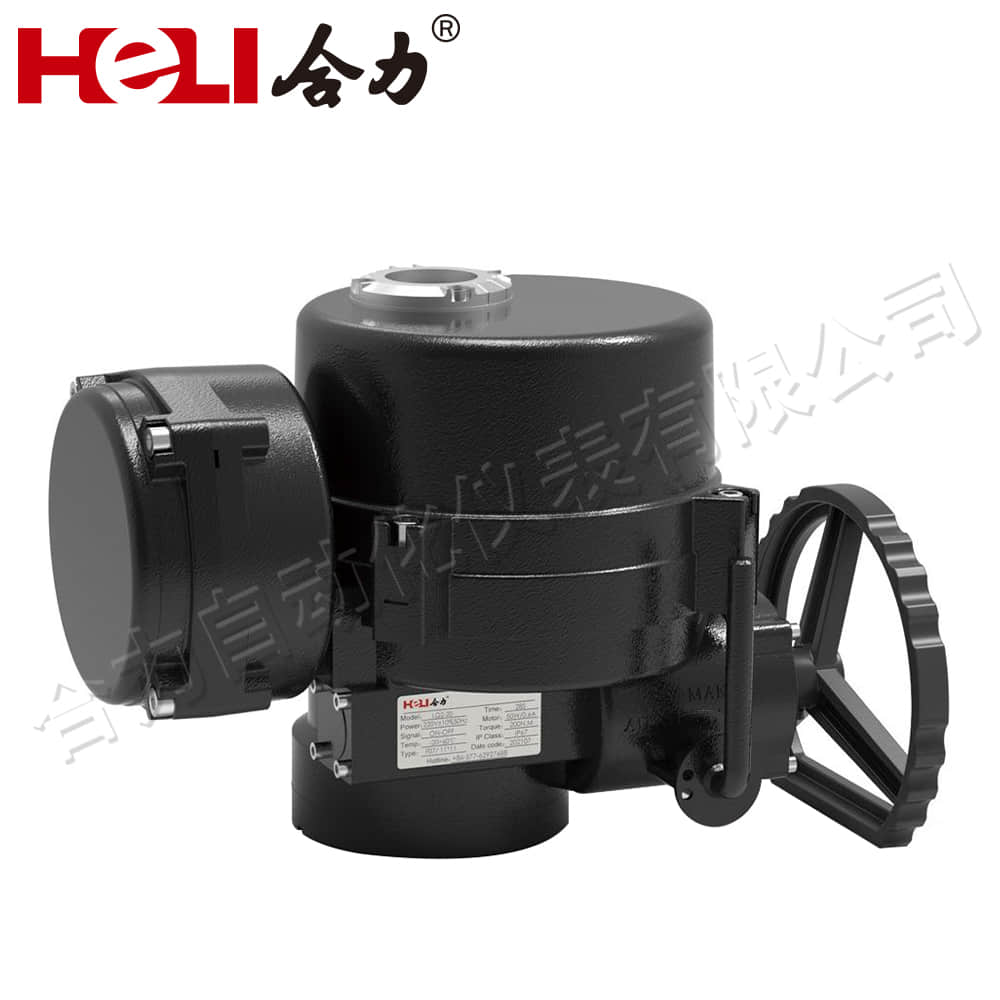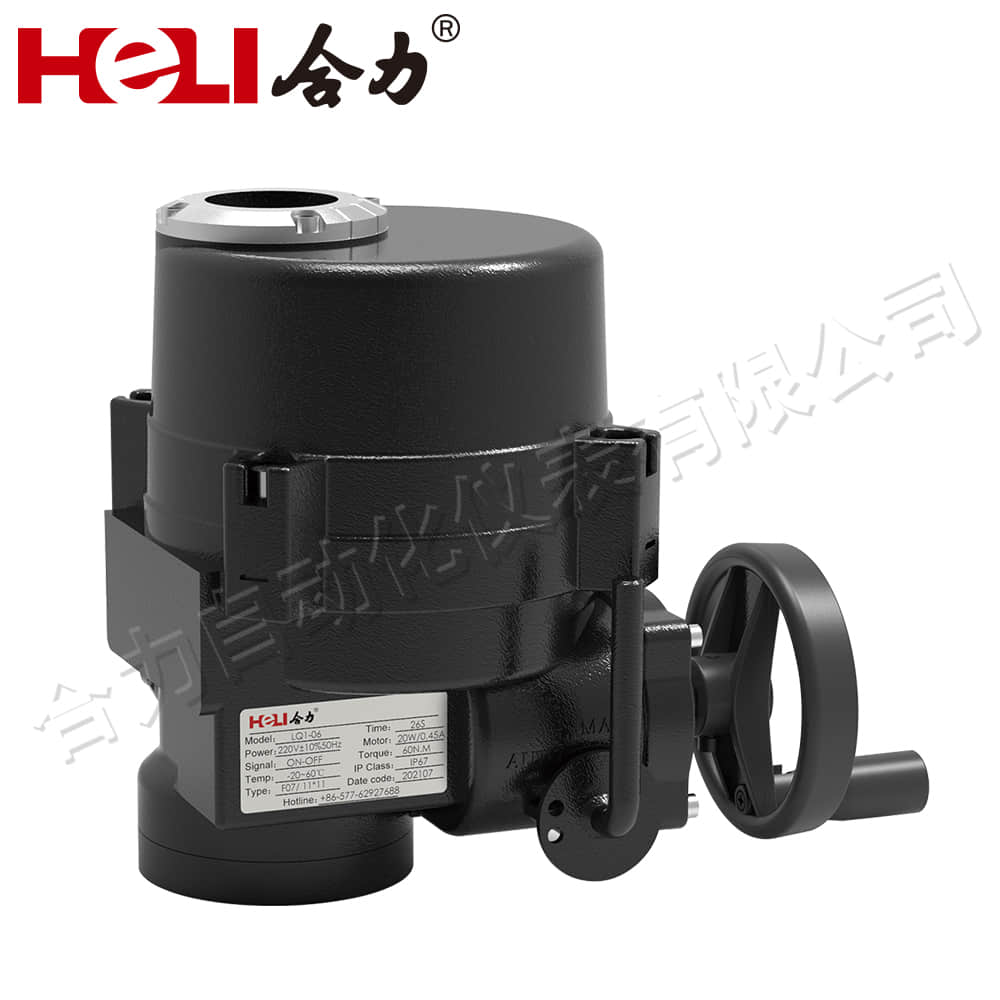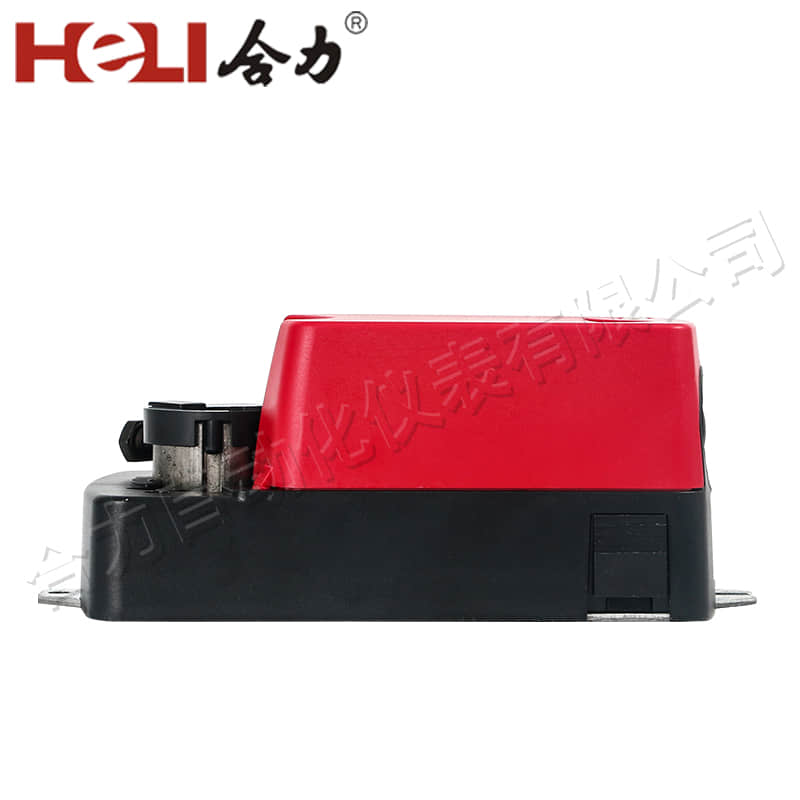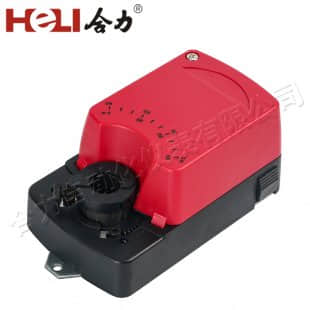In industries where volatile gases, chemicals, or flammable substances are used, safety is paramount. One of the key components ensuring that operations run smoothly and safely in these hazardous environments is the explosion-proof electric valve. Explosion-proof electric valves are designed to prevent the occurrence of explosions by controlling the flow of dangerous substances while simultaneously offering reliability and durability in extreme conditions. This article explores the importance of explosion-proof electric valves, their working principles, applications, and the benefits they provide in protecting both people and equipment.

What is an Explosion-proof Electric Valve?
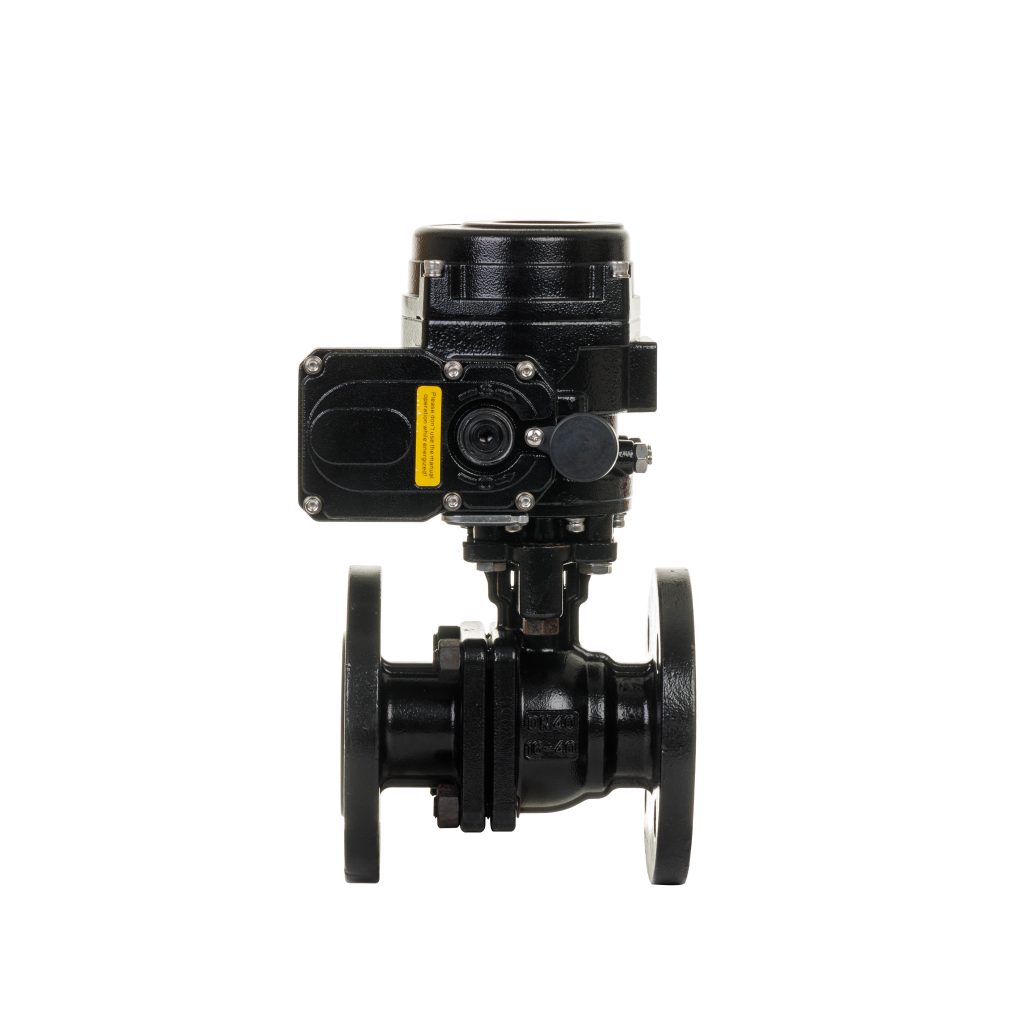
An explosion-proof electric valve is a type of valve that is specifically designed to operate in environments that are prone to explosions due to the presence of combustible gases, dust, or liquids. These valves are often used in industries such as oil and gas, chemical processing, pharmaceuticals, and mining, where flammable materials are handled or produced. The term “explosion-proof” refers to the valve’s ability to contain an explosion within its structure, preventing it from spreading to the surrounding environment. Explosion-proof electric valves are equipped with electric actuators that control the valve’s opening and closing mechanism. These actuators are powered by electricity and are engineered to be resistant to the harsh conditions of hazardous environments. The outer casing of the valve is built to withstand the impact of an explosion and prevent any flames or sparks from escaping into the environment.
